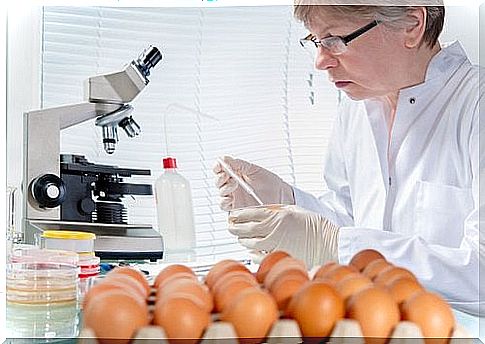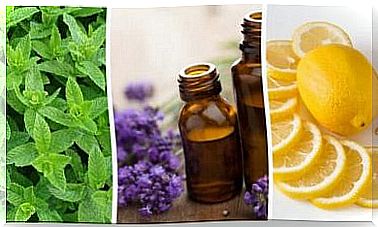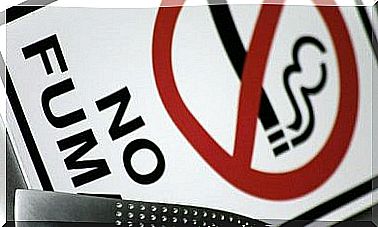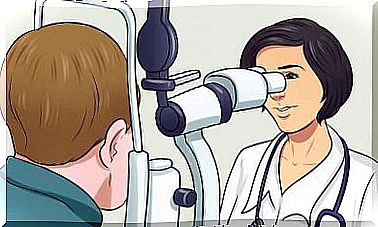Why Are There An Increase In Cases Of Salmonellosis During The Summer?
Salmonellosis is a fairly well-known pathology, but do you know why the number of cases increases during the summer?

Summer is here, as well as high temperatures and travel. Enjoying food from another culture by the beach can be an unforgettable experience, but we cannot ignore that there is a certain risk inherent in consuming food that is not controlled by sanitary protocols. A tourist who takes risks can be the victim of salmonellosis.
Bacteria of the genus Salmonella causing salmonellosis are present throughout the year. However, during the summer there is always an increase in cases. Why ? In this article, we’ll give you the answer.
Know the salmonella bacteria
Salmonella is a genus of bacteria made up of facultative gram-negative anaerobic bacilli, that is, they can obtain energy without oxygen. These bacteria are commonly called salmonella. Unfortunately, the natural habitat of these microorganisms is the gut of any warm-blooded animal, including humans.
There are several strains of salmonella, more than 2,500 serotypes have been found. The majority of these strains belong to the species Salmonella enterica, which accounts for over 99% of salmonella in humans.
Salmonellosis is not just triggered, because bacteria usually cannot resist the acidic pH of the stomach and can die before reaching the intestine. Those who resist have to deal with the bacterial flora and rapid intestinal transit.
Only a small percentage of these pathogenic microorganisms manage to adhere to and reproduce in the intestinal mucosa. This is when the characteristic symptoms of salmonellosis begin:
- Intense diarrhea.
- Fever.
- Abdominal pain.

Why do salmonellosis cases increase during the summer?
The answer is simple: high temperatures increase the bacterial growth index of salmonella. We have to imagine the bacterial growth taking place in an area like a roller coaster:
- There is an adaptation phase during which bacteria colonize the environment in which they were deposited. In this case, raw, unrefrigerated food.
- Then there is exponential growth, during which each bacteria gives rise to two daughter cells through binary fission. A favorable environment, which in this case will be a high temperature, accelerates the exponential growth of salmonellosis.
- After that, there is a stationary, “plateau” phase in which bacteria grow and die at the same rate due to nutrient depletion. Here we come to the limit of the population.
- Finally, the decline begins, as the lack of nutrients and the build-up of toxic products end up being harmful to the bacterial colony.
Thus, the higher the bacterial load is during the exponential and stationary phases, the greater the risk if one is exposed to a contaminated food of contracting salmonellosis. Also, it is not clear what is the quantity of bacteria that must be ingested to develop this intoxication, it varies between 1 and 10 million.

Environmental and anthropogenic factors
As we said, the higher the temperature, the faster the bacteria reproduce and it is more likely that a person ingests a bacterial load large enough to contract salmonellosis.
However, this risk does not only concern the temperature. As we have already mentioned, certain habits can increase the likelihood of contagion, such as:
- Eat raw food that has not passed a sanitary check.
- Eat raw, unrefrigerated foods at a picnic.
- Eat in unhygienic places where the materials are not clean and may contain traces of salmonellosis.
In addition, other factors can increase the incidence of salmonellosis in the long term. Without going any further, a study published in the journal Foodborne Pathogens and Disease warns us that climate change appears to be linked to the increase in cases in the United States. It makes sense, after what we have already stated.
Avoid salmonellosis in summer
In summary, salmonellosis is more common during the summer, it is inevitable. However, we must take the necessary hygiene measures and use common sense in choosing the establishments where we eat, for example.
Summer is a period of particular risk in terms of food poisoning. It is important to be careful with food handling, it is better to be safe than sorry.









